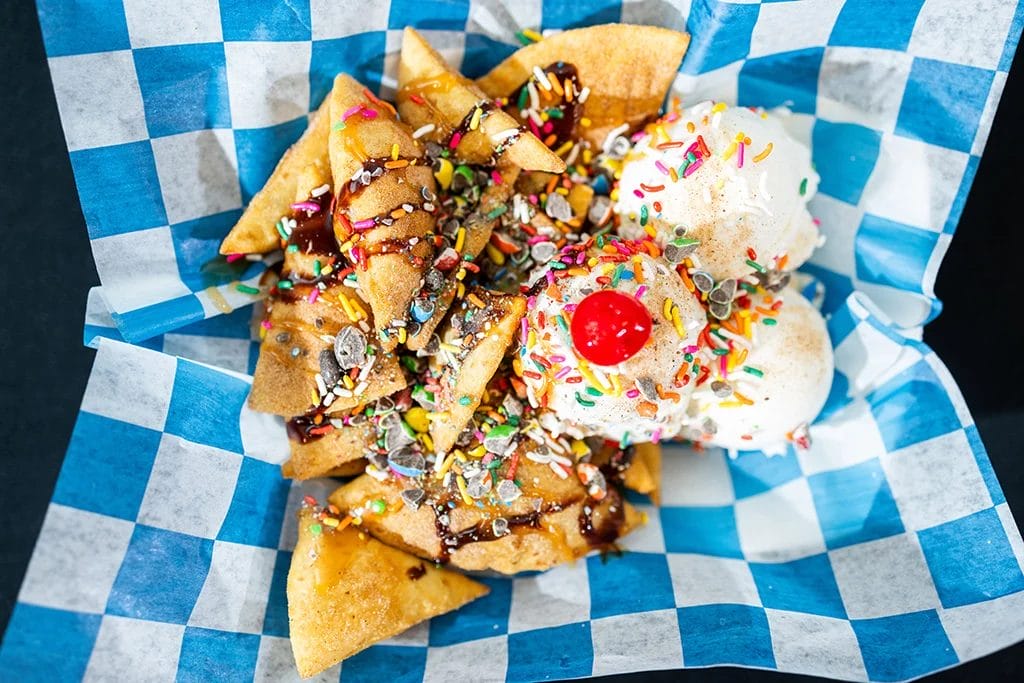

Uh oh...
It appears that you're using a severely outdated version of Safari on Windows. Many features won't work correctly, and functionality can't be guaranteed. Please try viewing this website in Edge, Mozilla, Chrome, or another modern browser. Sorry for any inconvenience this may have caused!
Read More about this safari issue.

In a story told by Alejo Benedetti, the concert photographers Jim Marshall and Larry Hulst had one substantial in-person interaction. Hulst, younger by about two decades, was just breaking into the business. Hulst found out where Marshall lived and sat on his front porch with a box of photos, waiting for him to return.
When Marshall arrived, he said the box wasn’t necessary. He would only need to see a photo or two to know if the younger photographer had anything of merit. He did, and they swapped stories and photos. They would cross paths again at various concerts they were both photographing, but never repeated that first meeting.
And 50 years later, they share space on gallery walls. The two photographers are the basis of separate–but–ideologically connected exhibits that opened Saturday (May 24) at The Momentary in Bentonville. A third photography installation by French photographer JR opened simultaneously.
Marshall was perhaps the preeminent concert photographer of his time and was important to the development of the genre itself. He was the official photographer at Woodstock and shot hundreds of images of some of music’s greatest artists. If one of his photos transcends the others, it might be his image of Johnny Cash staring at the camera, flipping the bird. Marshall took the image while in the employ of Cash; he was hired to officially document the Arkansas-born country singer’s concerts at the San Quentin and Folsom state prisons in California. His behind-the-scenes and inside-the-prison images are part of the exhibit “The Prison Concerts: Folsom and San Quentin (Jim Marshall’s Photographs of Johnny Cash).”

Larry Hulst – Jimi Hendrix at the Golden Bear Raceway, Cal Expo, April 26, 1970 / Photograph: Courtesy of the artist
Benedetti, who serves as Curator of Contemporary Art at The Momentary and sister museum Crystal Bridges Museum of American Art in Bentonville, called those taken at Folsom Prison “scrappier” than those from San Quentin. Both were monumental events that contributed to the legend of Cash, who was already a superstar at the time. The images show Cash with bandmates such as Carl Perkins and Cash’s wife, June Carter Cash.
The photographs by Hulst show a wider range of subjects. “Front Row Center: Icons of Rock, Blues, and Soul” tells a front-row story. Hulst was an amateur photographer who began making inroads with musicians and producers, including Bill Graham, who helped connect him to the San Francisco concert scene. There, Hulst captured images of artists such as Janis Joplin, The Grateful Dead and others. He was also present at the Graham-produced “The Last Waltz,” the Thanksgiving-day concert and feast at the Winterland Ballroom that served as the coda for the musical group The Band.
“He had a real reverence for the artists from San Francisco,” Benedetti said.
Continue reading at Fayetteville Flyer
Join the Conversation
Leave a Comment
One response to “In Concert: The Momentary Music-Focused Photography Exhibits”
 Leave a Reply
Leave a Reply
We do the work.
You check your email.
Sign up for our weekly e-news.
Get stories sent straight to your inbox!












 Leave a Reply
Leave a Reply
[…] raw and intimate look at Arkansas’s golden boy during some of his most famous performances at Folsom Prison and San Quentin Prison. These behind-the-scenes photos capture the emotion of a man whose music touched the nation’s […]